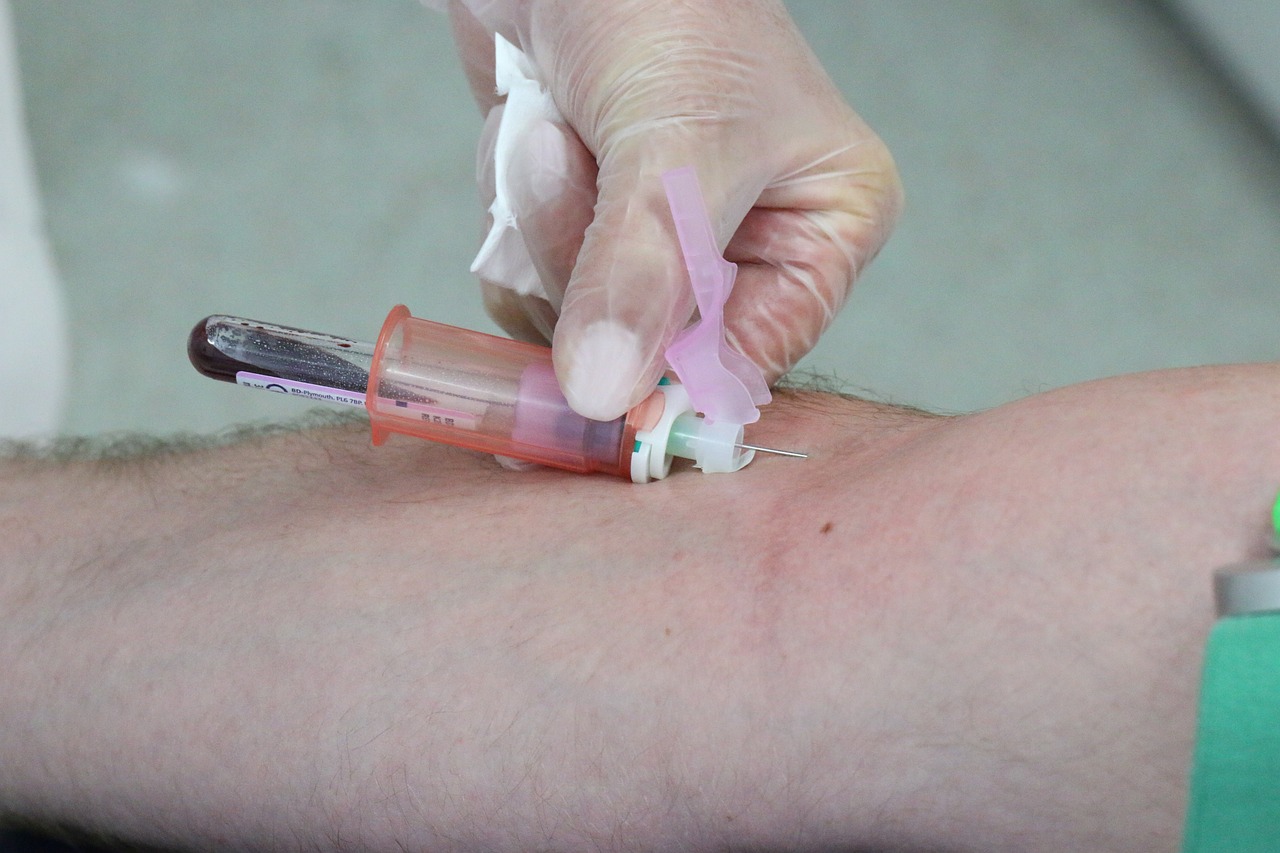“출혈”은 영어로 “Hemorrhage” 또는 “Bleeding”으로 번역됩니다. 이 용어는 혈액이 혈관 밖으로 흐르는 상태를 의미하며, 다양한 원인에 의해 발생할 수 있습니다.
”출혈”을 영어로 표현하는 방법
- Hemorrhage (출혈)
- Bleeding (출혈)
- Blood Loss (혈액 손실)
1. Hemorrhage
“Hemorrhage”는 의학적 용어로, 심각한 출혈 상태를 가리키며, 특히 내부 출혈을 나타내는 경우가 많습니다.
- “A hemorrhage can be life-threatening and requires immediate medical attention.” (출혈은 생명을 위협할 수 있으며 즉각적인 의료 처치가 필요하다.)
- “Internal hemorrhage may not be immediately visible but can lead to serious complications.” (내부 출혈은 즉시 보이지 않을 수 있지만 심각한 합병증을 초래할 수 있다.)
2. Bleeding
“Bleeding”은 일반적으로 출혈을 나타내는 용어로, 외부 및 내부 출혈 모두에 사용할 수 있습니다.
- “The patient is bleeding from a cut on his arm.” (환자는 팔의 상처에서 출혈이 발생하고 있다.)
- “Controlling the bleeding is essential in first aid situations.” (출혈을 조절하는 것은 응급처치 상황에서 필수적이다.)
3. Blood Loss
“Blood Loss”는 출혈로 인한 혈액 손실을 강조하는 표현입니다.
- “Excessive blood loss can lead to shock and other serious conditions.” (과도한 혈액 손실은 쇼크 및 기타 심각한 상태로 이어질 수 있다.)
- “It is important to monitor blood loss during surgery.” (수술 중 혈액 손실을 모니터링하는 것이 중요하다.)
“출혈”은 영어로 “Hemorrhage” 또는 “Bleeding”으로 표현되며, 이는 의료적 상황에서 매우 중요한 개념입니다. 적절한 대처는 환자의 생명을 구하고, 회복 과정에 큰 영향을 미칠 수 있습니다.













Leave a Reply